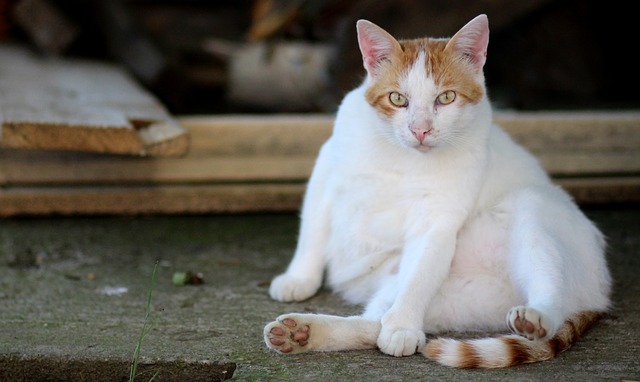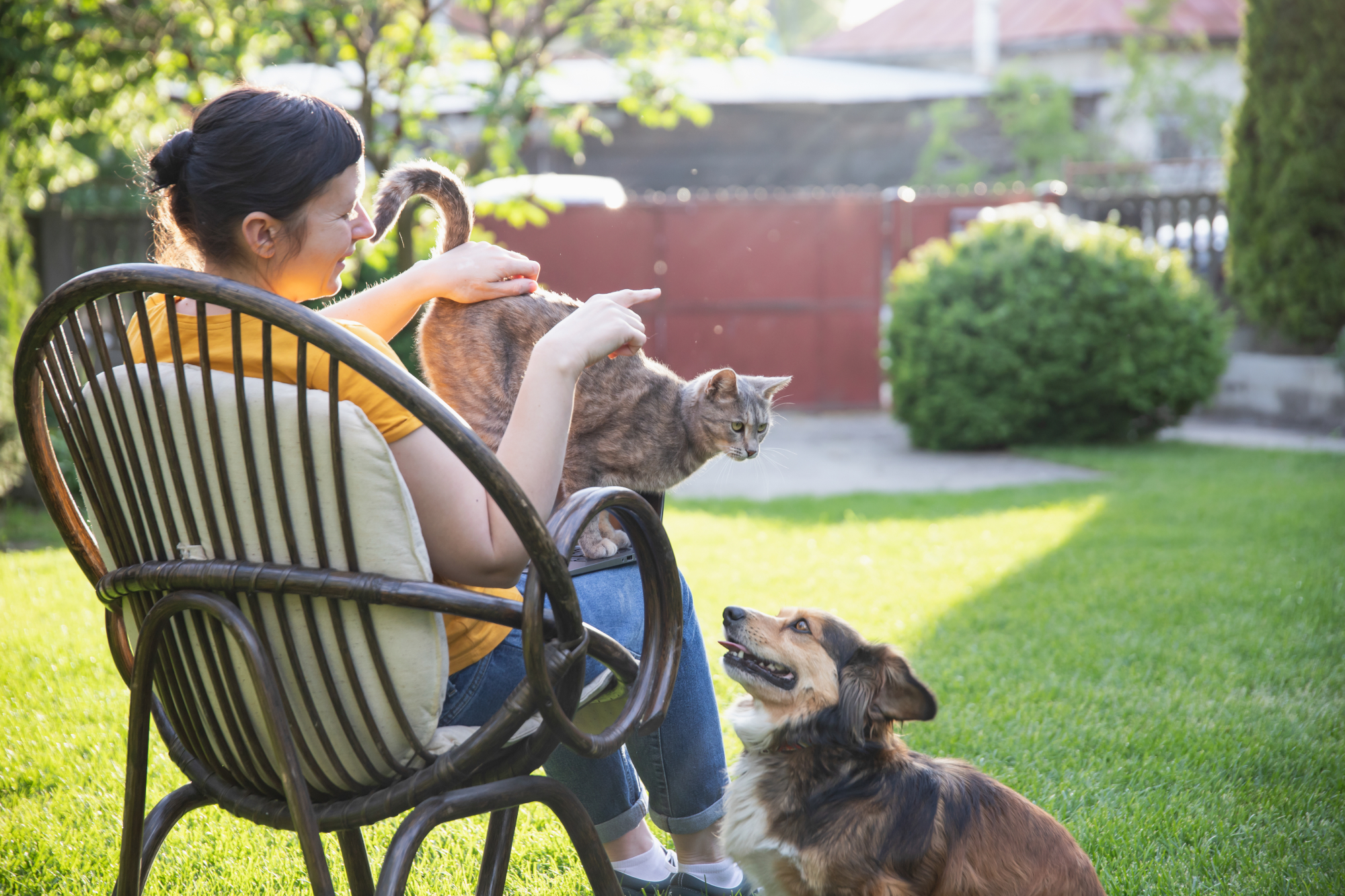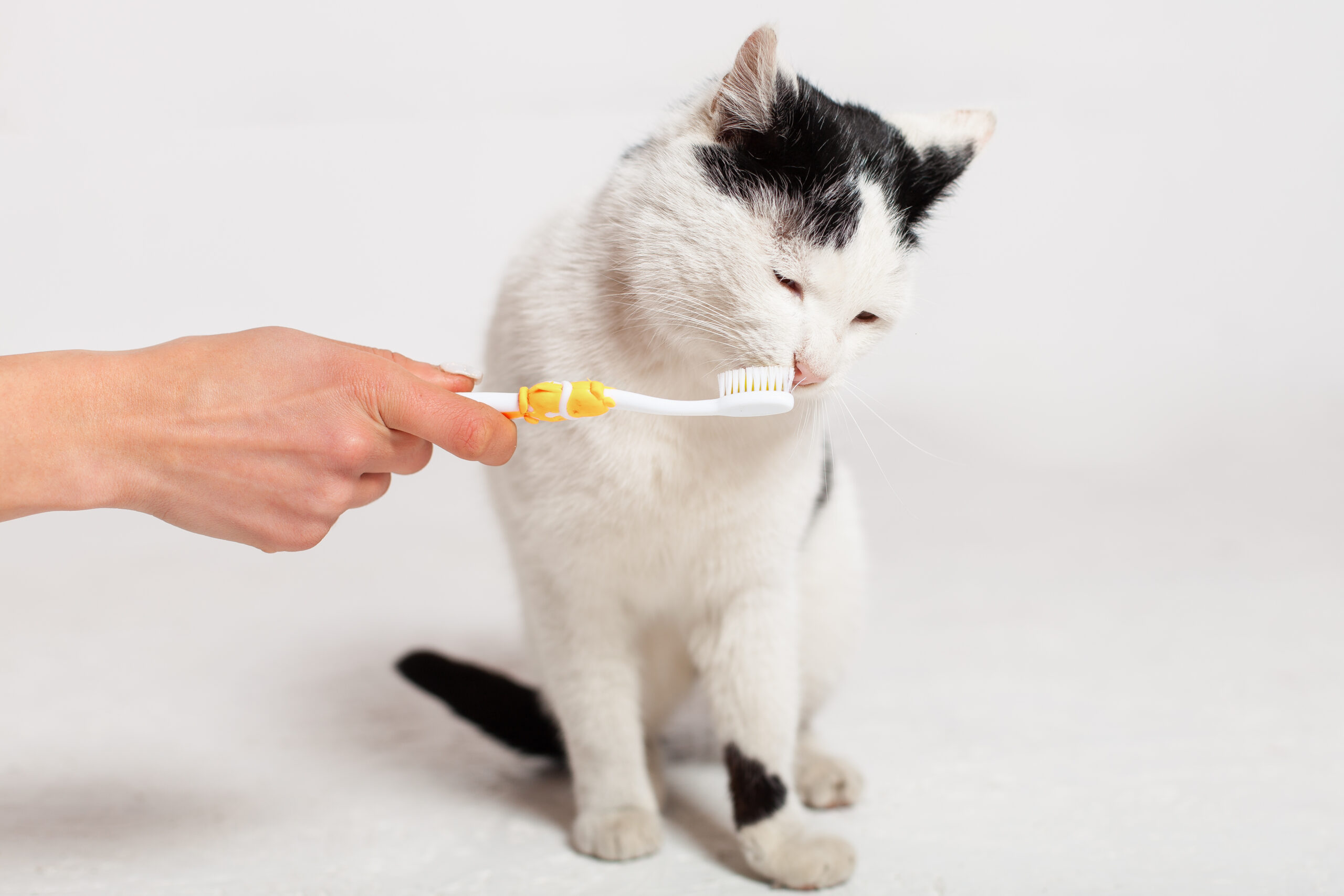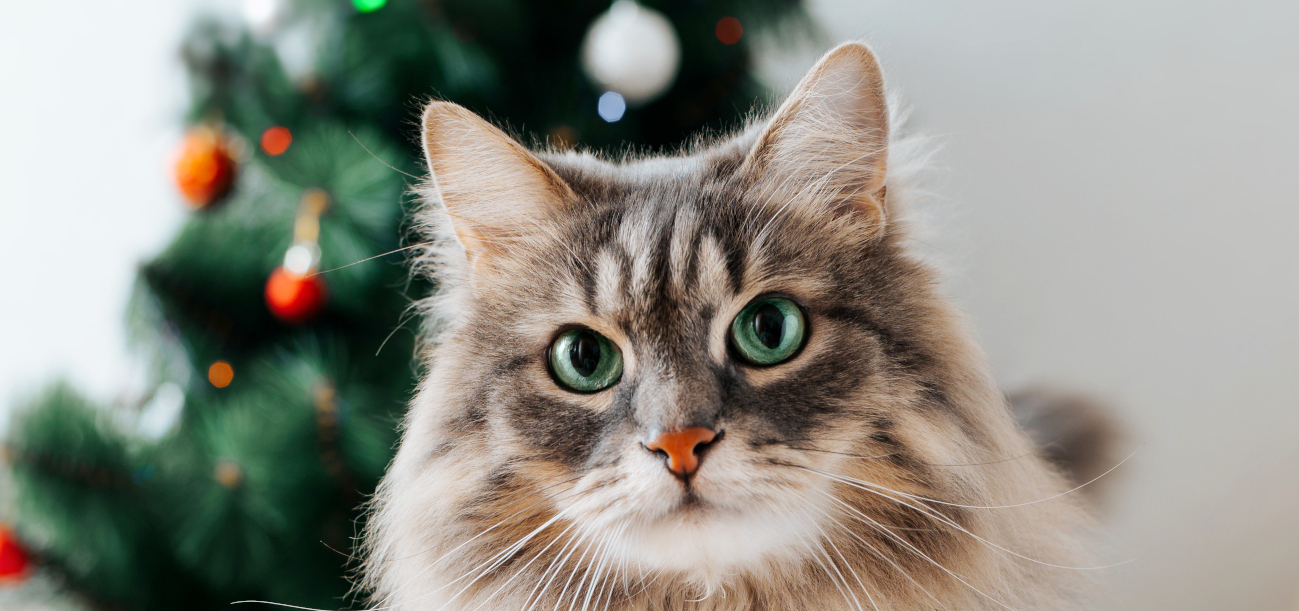Here’s a good question for you: have you ever tried to pick up your cat and cuddle them, only to feel like they weigh more than you can handle? If so, your cat may be obese, and this is not a good thing.
Being overweight holds many of the same dangers for pets as for humans. The term “fat cat” is different in human terms as it applies wealthy, powerful people; in the veterinary world it brings to mind a kitty cat who has been eating too much and is not getting enough exercise.
There is good news, however. There are several actions you can take to help him or her slim down before their weight causes some serious health problems for them.
Health Issues that Can Develop in Obese Cats
- Diabetes – The development of diabetes is one of the most common problems. Obesity causes an increase in the production of insulin in response to the increased blood sugar levels in an overweight cat. When kitty’s body is no longer able to produce the amount of insulin needed, diabetes can develop with all its inherent risks.
- Arthritis and Lameness – Expect three to five times the risk of your cat developing osteoarthritis, movement problems, and even hip problems. A heavy body puts a strain on the joints.
- Liver Disease – When overweight, a cat stores too much fat in his liver, which can eventually cause a decrease in liver function. This can be a life-threatening problem.
- Increased Risk if Surgery is Required – Extra fat obscures organs and makes it difficult to find a problem quickly if your cat requires surgery. It also takes longer for kitty to come out of anesthetic, and a longer time to heal.
- Heart Problems – As in humans, being overweight can contribute to cardiovascular issues.
Diagnosing the Big Problem
Start With a Weigh-In – An adult male cat should weigh roughly 9 to 12 pounds and a female should weigh roughly 7 to 9 pounds. Take your cat to your veterinarian to be weighed and to rule out any problems interfering with their ability to exercise normally. A thorough vet evaluation and possible blood and urine testing may be needed to determine how healthy your cat’s insides are before starting any diet change or restriction. If there is an underlying cause of your cat’s being overweight, this needs to be dealt with and it will help your vet select the correct type of diet and exercise program.
Reassess the Amount of Food You Offer – Above all, don’t offer too much food. Read the labels on cans and bags and don’t just dump food into their bowl. Use a measuring cup and give them only the suggested servings. Normally you should offer a meal twice a day. A cat doesn’t need to have food available all day.
Not Getting Enough Exercise
An indoor cat doesn’t get enough exercise walking around the house any more than you do. If your cat stays indoors, plan some exercises for them. Cats like to stalk prey, but lose interest after a few minutes so you need to adjust your playtime accordingly. Prepare to be involved in order to help your cat get the exercise they need:
- Chase-Toys – A laser pointer skipping along the floor can keep a cat interested in the chase for a few minutes, and so can a string tied around a wad of paper that you dangle and dance in front of your cat. A ping pong ball is a great toy because it is light and goes a long way when hit. Put your cat in an empty bathtub with a ping pong ball and watch the fun!
- Critter Toys – Cats like toys that squeak and behave like the creatures that a cat would hunt, like mice, birds, and rabbits, although cats won’t play by themselves for long. You’ll have to help. A walnut makes a live-creature noise and moves irregularly when rolled across the floor, which will encourage your cat to chase it.
- Leash Training – You can train your cat to walk with a leash but only to get them outside for a while and to stay safe while they get some fresh air and new things to sniff. They won’t run around that much, but they will probably like the change of scene and move around more.
- Another Cat – Getting a second cat can help with exercise, but if you’re introducing a new cat to an old one, also introduce some new toys, new treats, or new foods. You want the older cat to view the newcomer as a creature who brings more comforts into the home so that he or she will be more likely to welcome the new cat.
If you reassess the amount of food your cat eats, increase your playtime with them so that he or she becomes more active, and ensure they are healthy via an exam at your vet clinic, your obese cat will lose weight. You will be rewarded with a cat who is happy, is in good health, and remains your companion for a long time.
Creative Commons Attribution: Permission is granted to repost this article in its entirety with credit to the Hastings Veterinary Hospital and a clickable link back to this page.






